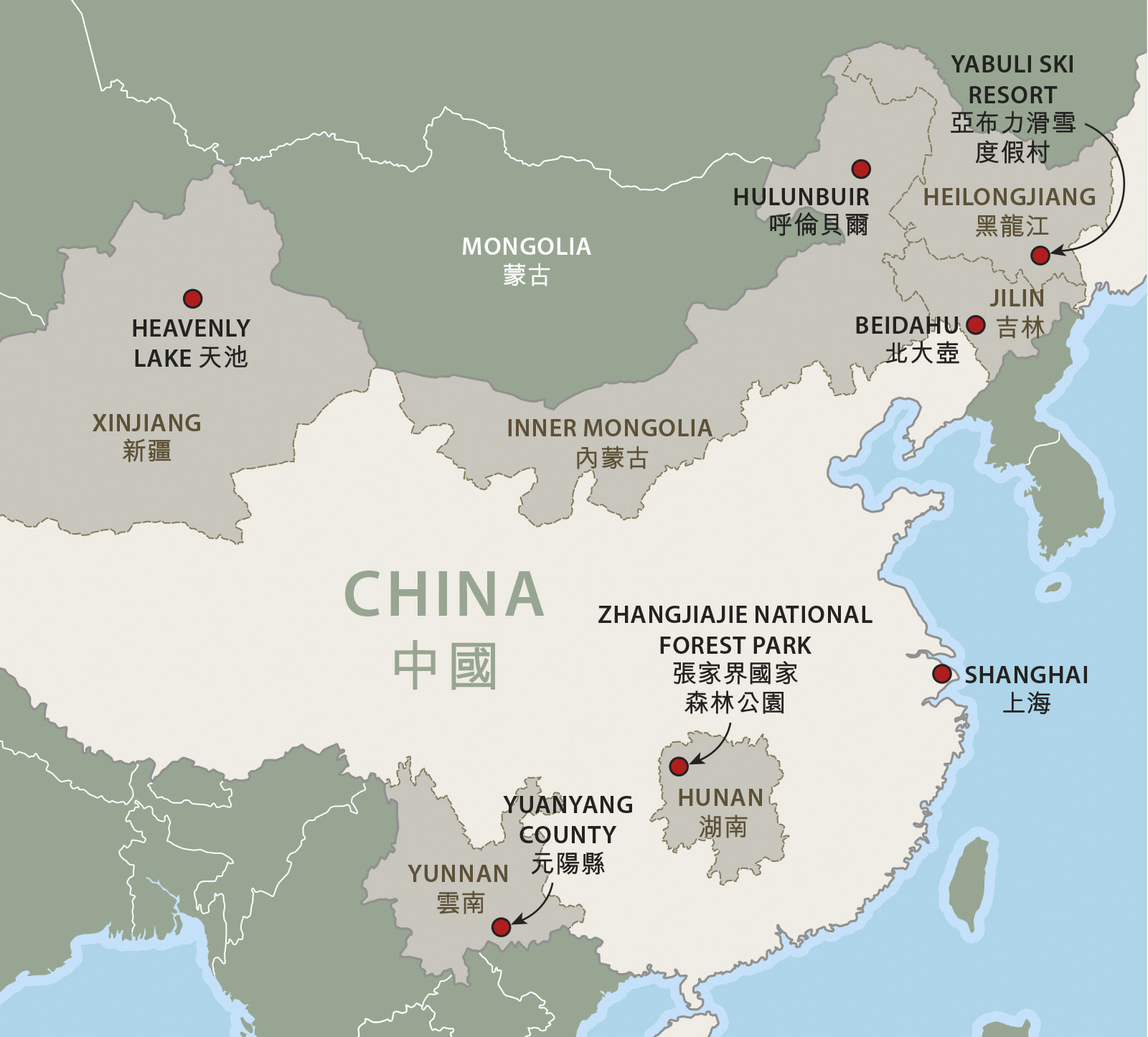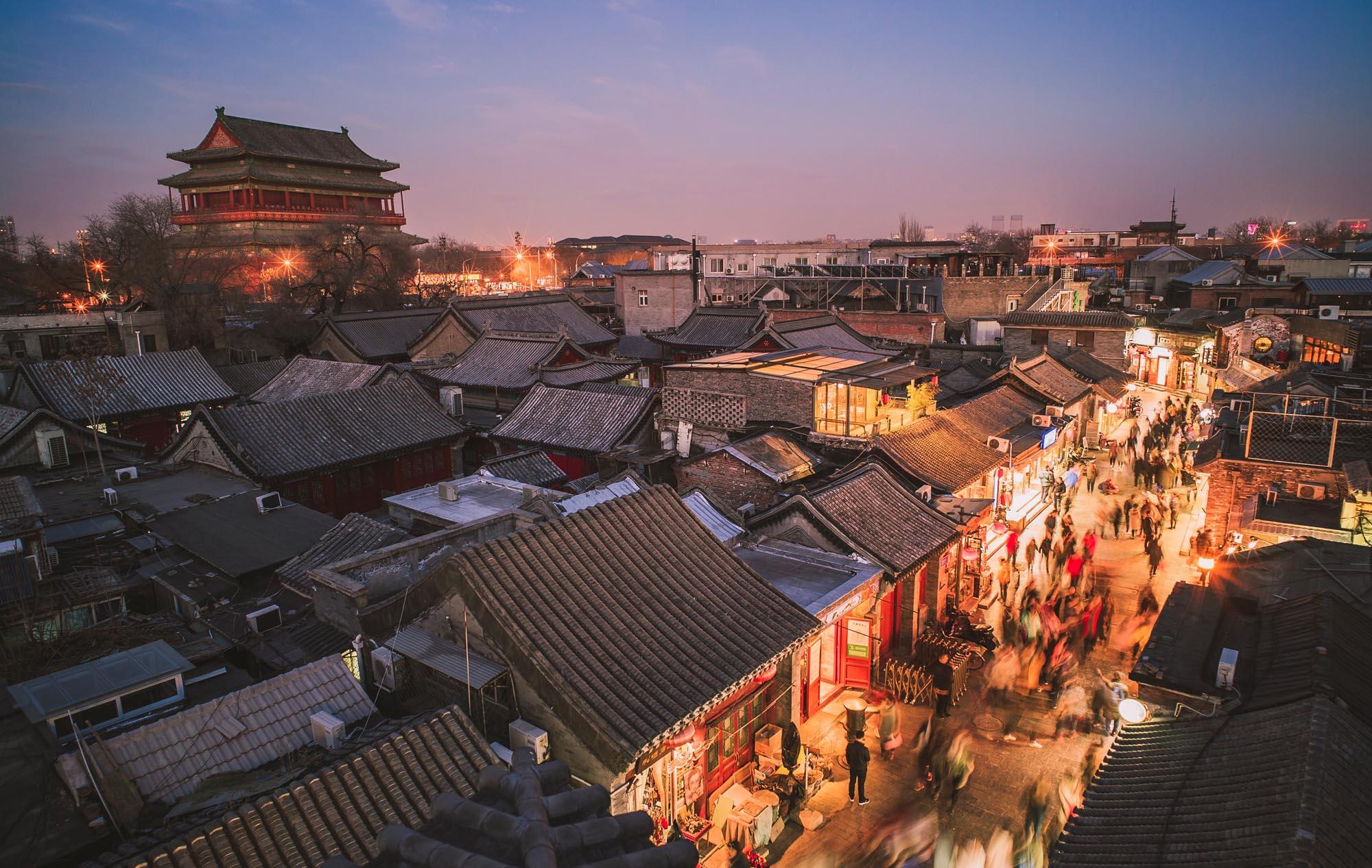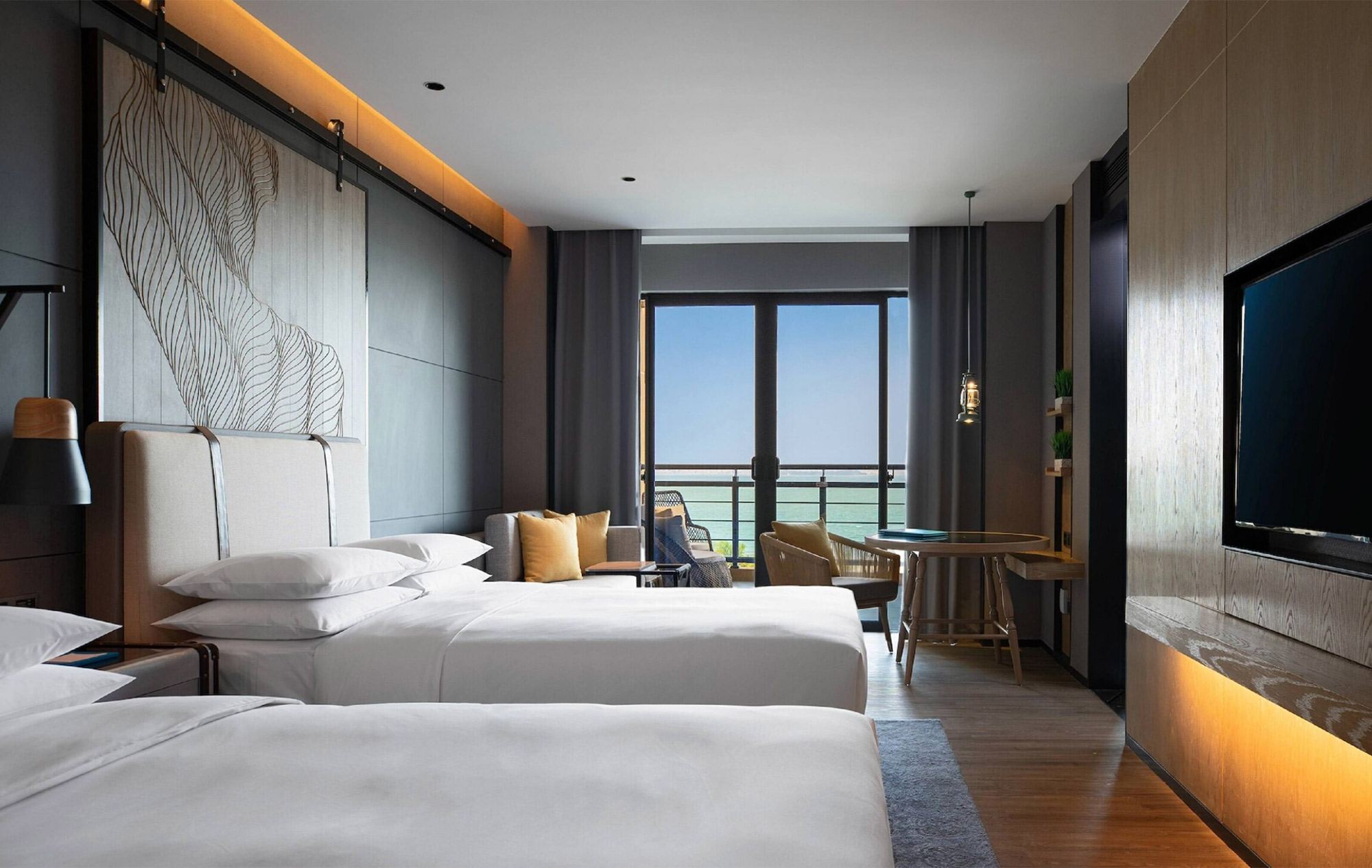We don’t need to tell you that China is a popular tourist destination – 56 million people visit annually. In fact, you might even be flying there now. Most come when the temperatures are, well, temperate. Some of China’s best experiences are gazing at Wuhan’s spring cherry blossom, cycling around Beijing in the summer and exploring Hangzhou’s lakes in the autumn. But in winter, when temperatures average -23°C in Heilongjiang, China’s most northern province, there’s still plenty to explore.
‘During the winter months, visitors can walk on the Great Wall blanketed in snow, visit the Forbidden City in Beijing away from the crowds, take in the icy landscapes in the Yellow Mountains in Anhui or watch the pandas in Chengdu play in the snow,’ says Ben Briggs, marketing director of tour operator Wendy Wu. All good ideas – but we wanted to go further.
These are the nine Chinese experiences that are best done when the mercury drops.
Ride a camel, Inner Mongolia
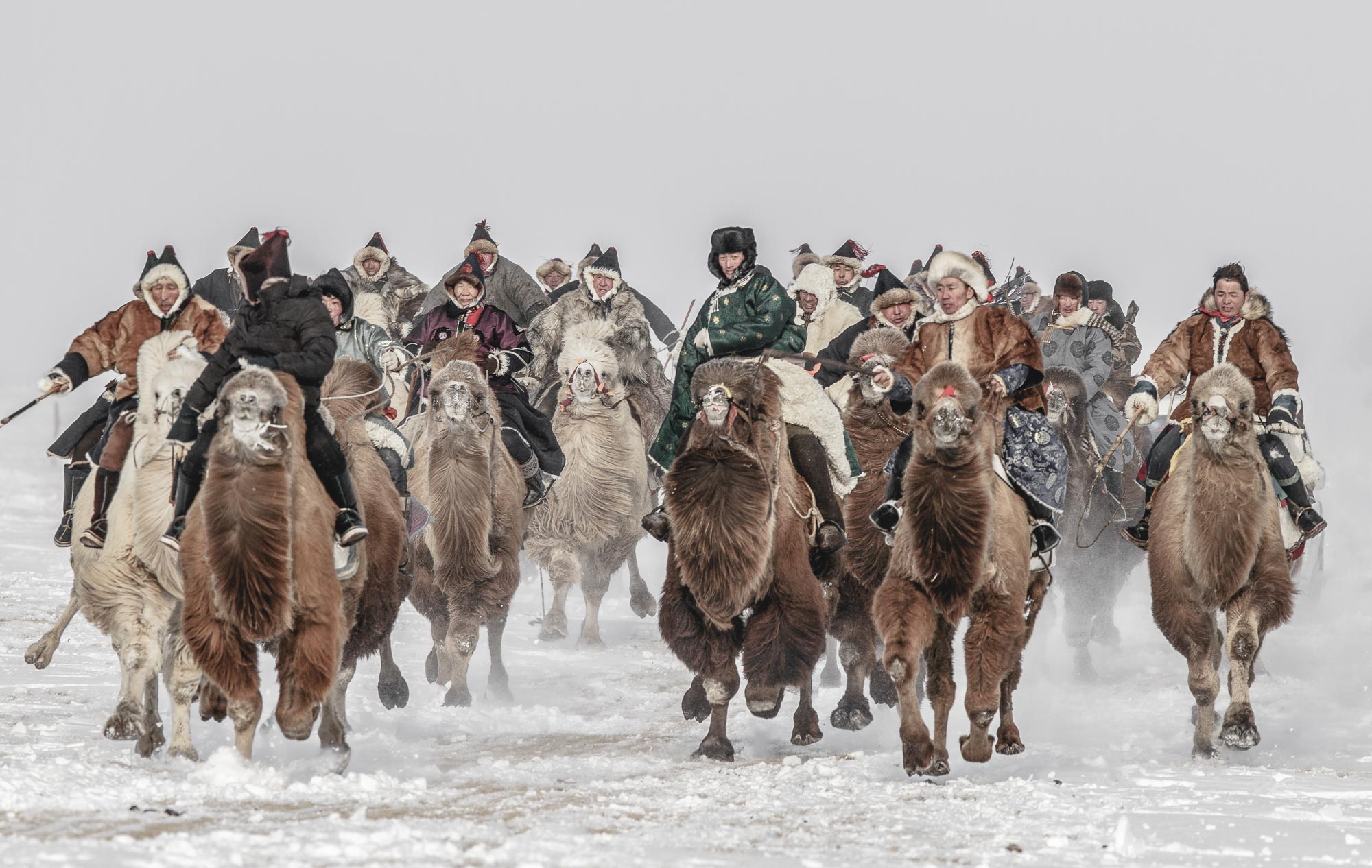
The Mongolian festival of Naadam – involving archery, wrestling and horse racing – is usually associated with summer on the grasslands, but the Inner Mongolian region of Hulunbuir also hosts a spectacular winter version during the first few months of the year. During the day, snow football and snow golf are added to the more traditional pursuits of riding camel-drawn ski carts, horse and camel racing and wrestling, while at night giant bonfires are lit on the ice. Warning: temperatures plummet well, well, well below zero.
Spy China’s only reindeer, Heilongjiang
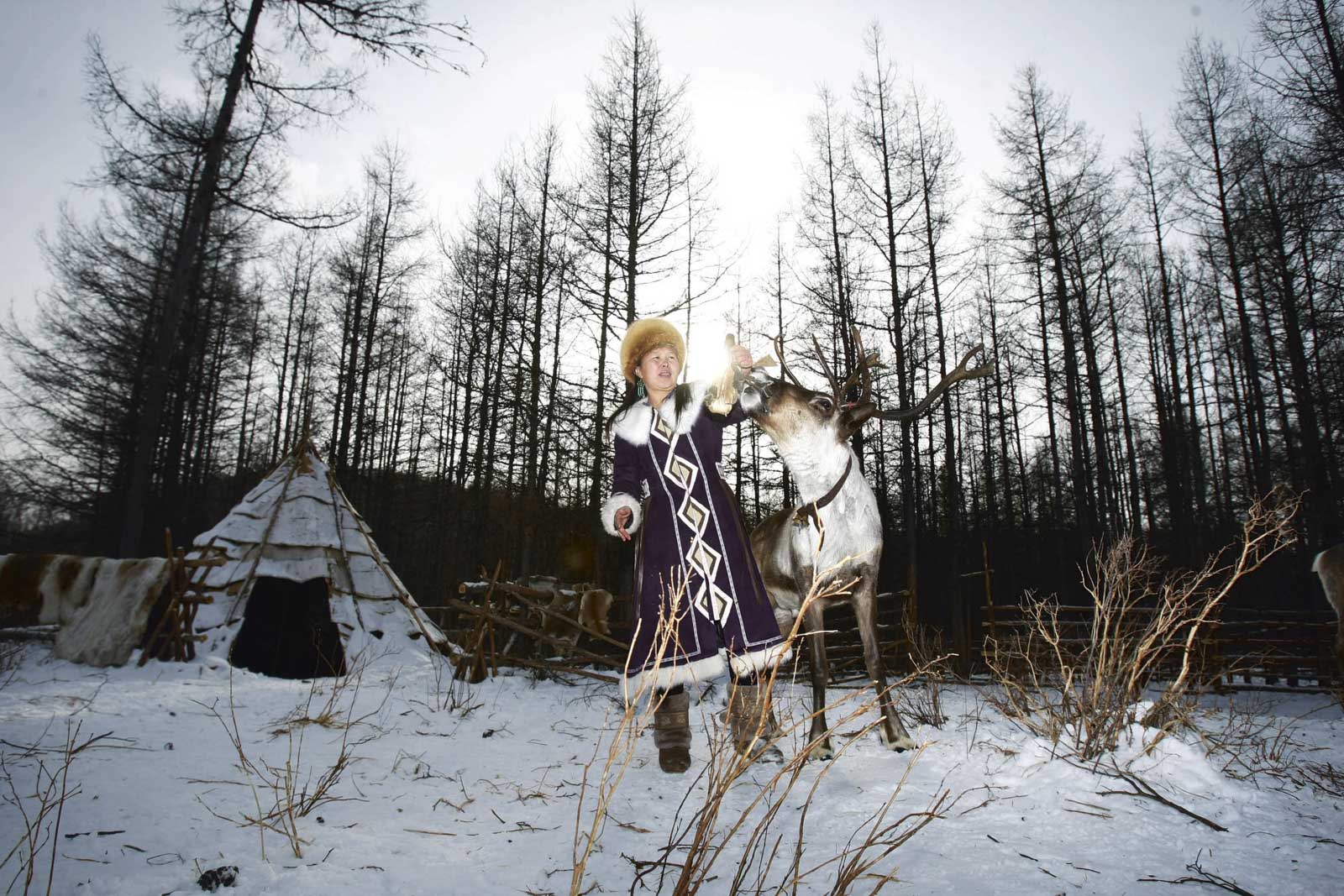
China doesn’t get much more northerly than Daxing’anling, a prefecture on the border with Russia, or much further below freezing – and wide open spaces and a relatively small population put it way, way off the beaten track. Multiple layers of cold-weather clothing and a spirit of adventure are prerequisites to exploring the great outdoors here, which hosts not only numerous varieties of exotic mushrooms but also the country’s only remaining reindeer, which are husbanded by the Ewenki people.
See flooded rice terraces, Yunnan

The county of Yuanyang, in Yunnan’s Hani minority area, is home to some of the most beautiful rice terraces in a province that isn’t exactly lacking them. It’s still yet to experience the commercialism that has afflicted other terraces in the area. The scenery is at its best during the winter months when the terraces are flooded with spring water in preparation for the planting season that begins in early March, resulting in dozens of pools of water forming in large steps down the hillside, often tended by Hani people in full traditional dress. If you’re lucky, some low-hanging cloud will add a layer of ethereal beauty.
Sleep in a lakeside yurt, Xinjiang

Even though Heavenly Lake, surrounded by snow-capped mountains in far northwestern Xinjiang province, has been granted the official stamp of approval (read: you have to pay to see it) it still more than lives up to its name. To get into the spirit of things, it’s worth overnighting here in a yurt – cosy, authentic and not exactly pricey at 150 RMB (HK$170) if you rent the whole thing from the Kazakh owner. Visitor numbers plummet in winter, and it’s relatively easy to find some solitude once you stroll away on the path that winds its way around the lake. Two smaller lakes, East and West, are equally picturesque but happily lack ‘Tourist Viewing Platforms’.
See snowy sandstone pillars, Hunan
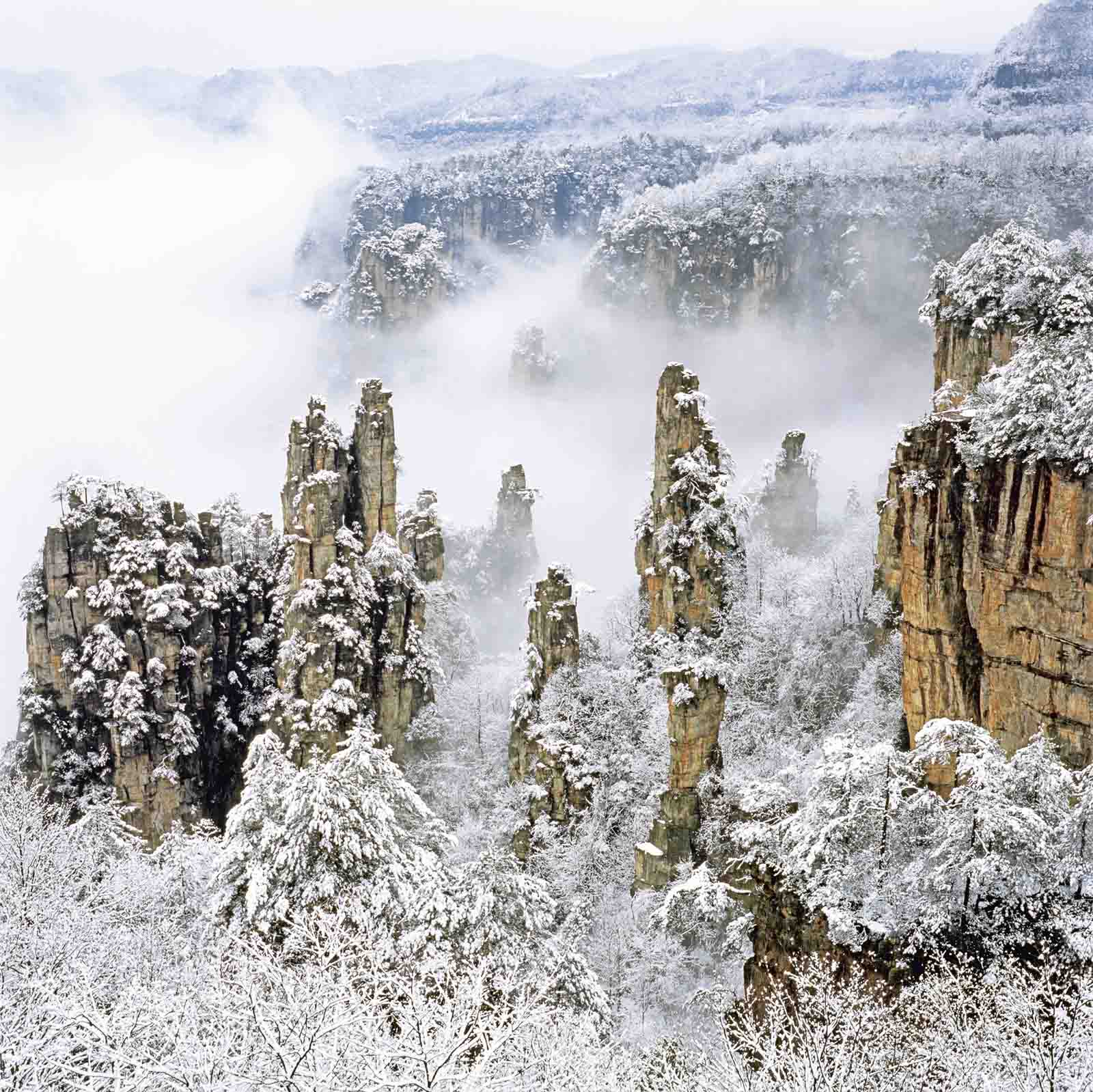
Film buffs need no introduction to Zhangjiajie National Forest Park: its tree-covered quartz-sandstone pillars were a major inspiration for director James Cameron when he created his 2009 fantasy epic Avatar. The 1,080-metre-high Avatar Hallelujah Mountain, as it was rechristened in 2010, is one of thousands in the park, which during the winter looks even more sci-fi when dusted with snow. To take in the best panoramas, hop in the Bailong Elevator, the tallest glass lift in the world, which zips up a nearby 335-metre cliff in two minutes flat.
Snap ice crystals, Jilin
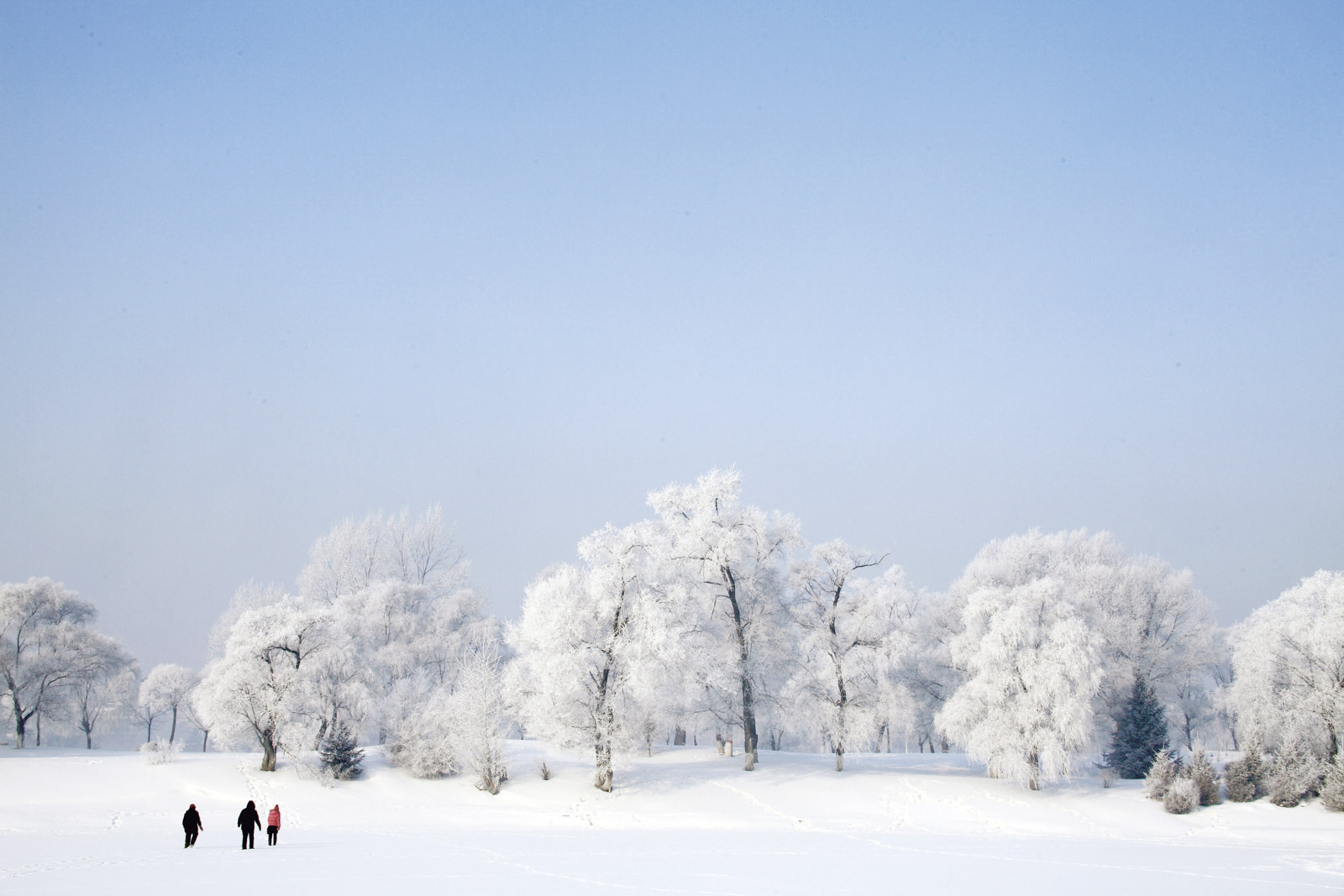
With temperatures so far below zero that vendors sell ice creams from tables on the streets, China’s northeast can be an inhospitable place in the deep midwinter. So embrace the freeze at the International Rime Ice and Snow Festival in Jilin province, which borders North Korea. The neighbouring Harbin Ice Festival, with its giant replicas of landmarks like the Great Wall, illuminated at night by multi-coloured lights set within the blocks of ice, might grab all the column inches, but the twinkling, Frozen-like scenery of Jilin’s version is almost more photogenic. Watch out for the dazzling ice crystals on the branches of trees along the Songhua River, formed from frozen fog.
Late December to late February
Go snowboarding, Heilongjiang
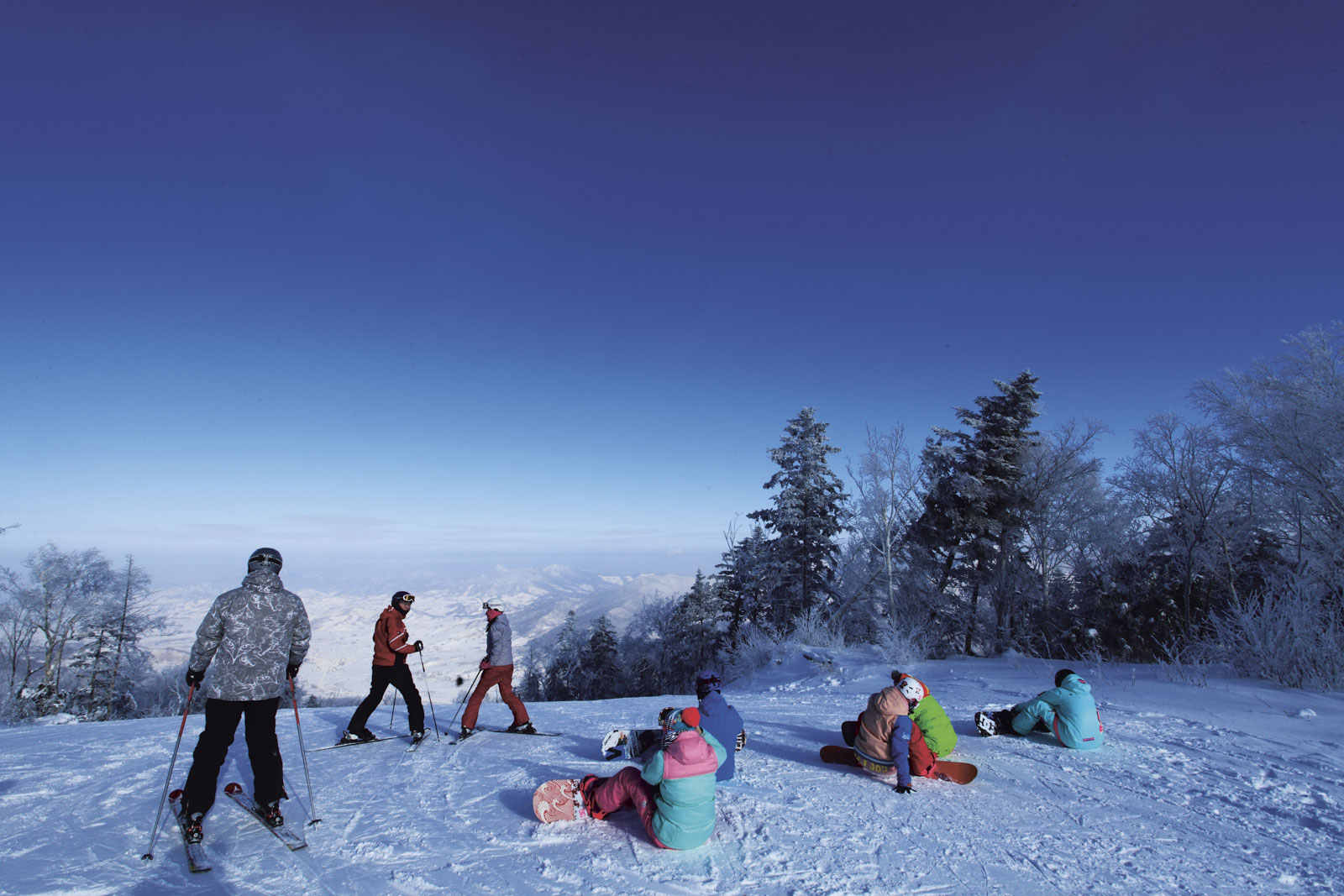
China’s ski resorts aren’t quite in the same league as those in South Korea or Japan, but as Beijing gears up to host the Winter Olympics in 2022, standards are improving. Yabuli, in northeastern Heilongjiang province, is China’s best-known ski resort and although it won’t be hosting any Olympic events, it has unveiled a host of new facilities in recent years in anticipation of a winter sports boom – and last March held the World Championships of Snowboarding. Another sign of China’s increasing development: Club Med opened its second all-inclusive ski resort in China a few months ago in Beidahu in nearby Jilin.
Snarf street food, All over China
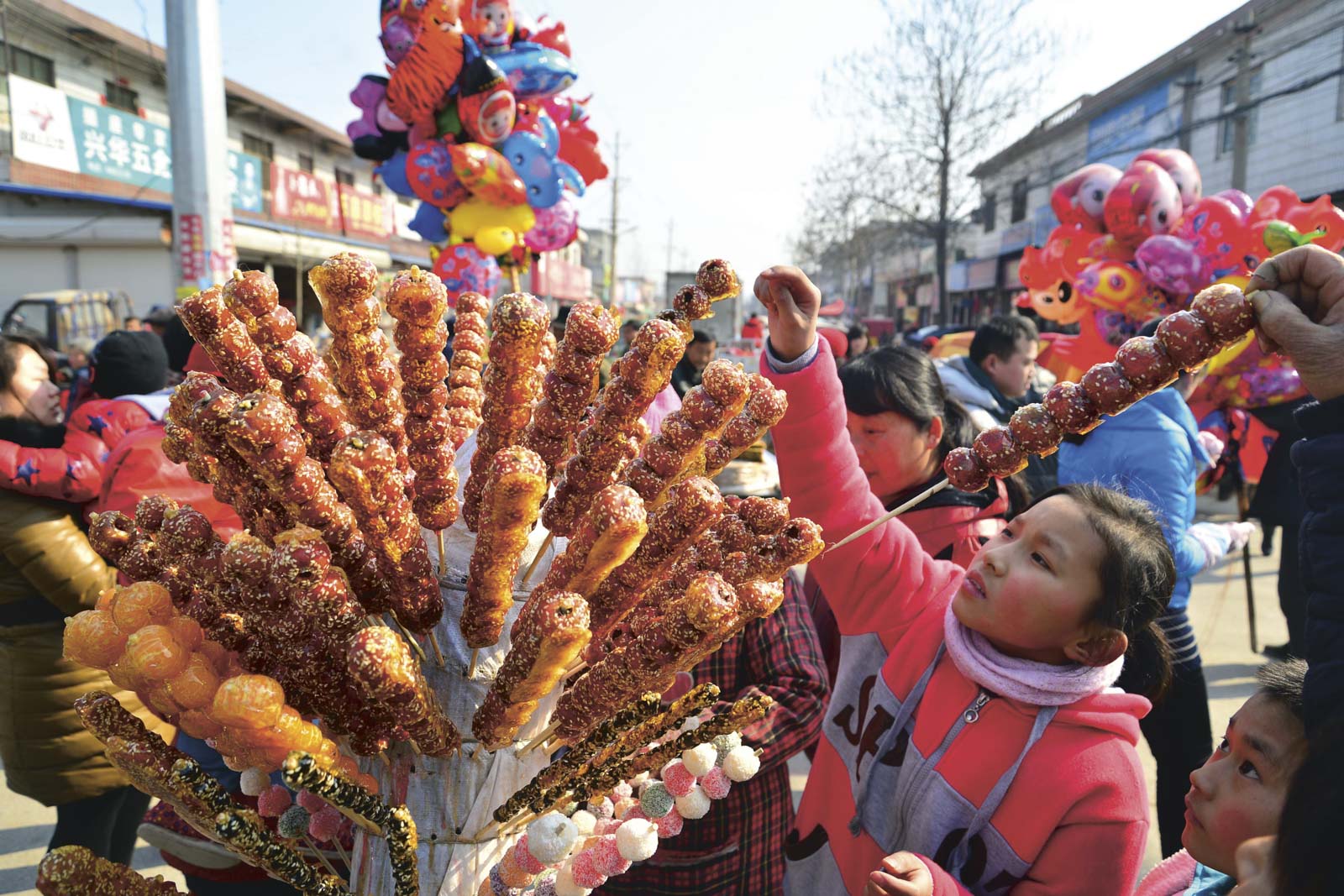
Traditionally, as soon as there was a discernible chill in the air in northern and central China, vendors took to the streets to flog all manner of treats to warm your belly. These days, the comforting smell of chestnuts roasting (usually in a giant wok, not on an open fire) can be found on street corners from Guangzhou to Beijing, along with sweet potatoes baked in large metal drums and the classic Chinese childhood treat of bingtanghulu (candied fruits on bamboo skewers).
Drink in speakeasies, Shanghai
Over the past few years Shanghai has gone speakeasy crazy, with ‘secret’ cocktail bars opening behind faux-phone boxes, fake Coke fridges and numerous bogus bookcases – there’s even new speakeasy Bo Shanghai tucked away inside Hong Kong chef Alvin Leung’s new outpost on the Chinese mainland, Daimon Bistro. The best of the lot remains Speak Low, hidden inside a cocktail supplies shop (and with a hidden bar within the hidden bar). This quality cocktail hangout has mixmaster Shingo Gokan serving up some of the best drinks in town, including the rum and sherry-based creation after which the bar is named. It’s the perfect place to hunker down and see out a cold winter evening in style.
579 Fuxing Middle Road
